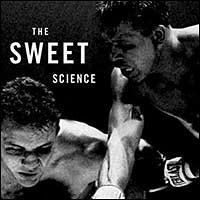How a boxing match turns fatal

By Andrea Thompson
Researchers to put accelerometers in mouthpieces to judge blow's force
Nearly six years ago, in a nationally televised boxing match aboard the former aircraft carrier U.S.S. Intrepid, 26-year-old Beethavean Scottland was knocked out by opponent George Jones’s right-left combination to his chin after 10 rounds of fighting. One week later, he died as a result of the blow to his head.
Though fatal fights don’t occur often in boxing, physicians and officials need better, more objective methods for judging when a fight could become deadly, neurosurgeon Vincent Miele of West Virginia University said. To arrive at such a method, Miele made a statistical comparison of the number of punches thrown in fatal and non-fatal professional fights.
He found that fatal fights had far more punches thrown than “average” matches, but not as many as “classic,” more competitive non-fatal matches. “This approach could provide sufficient data to stop matches that might result in fatalities,” Miele said.
Boxing has some of the same injury risks as other sports, but because the main target areas of punches are the chest and head, boxers are at high risk for brain injuries.
“Any time you get hit in the head, there’s brain damage,” Miele told LiveScience.
(Read More)






















No comments:
Post a Comment